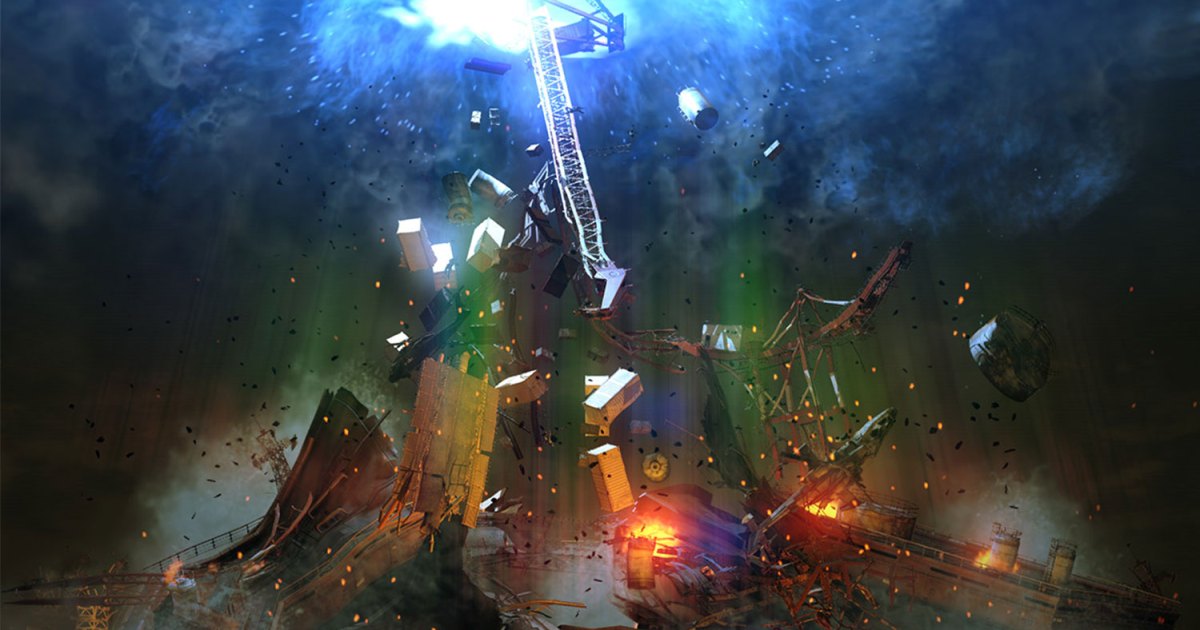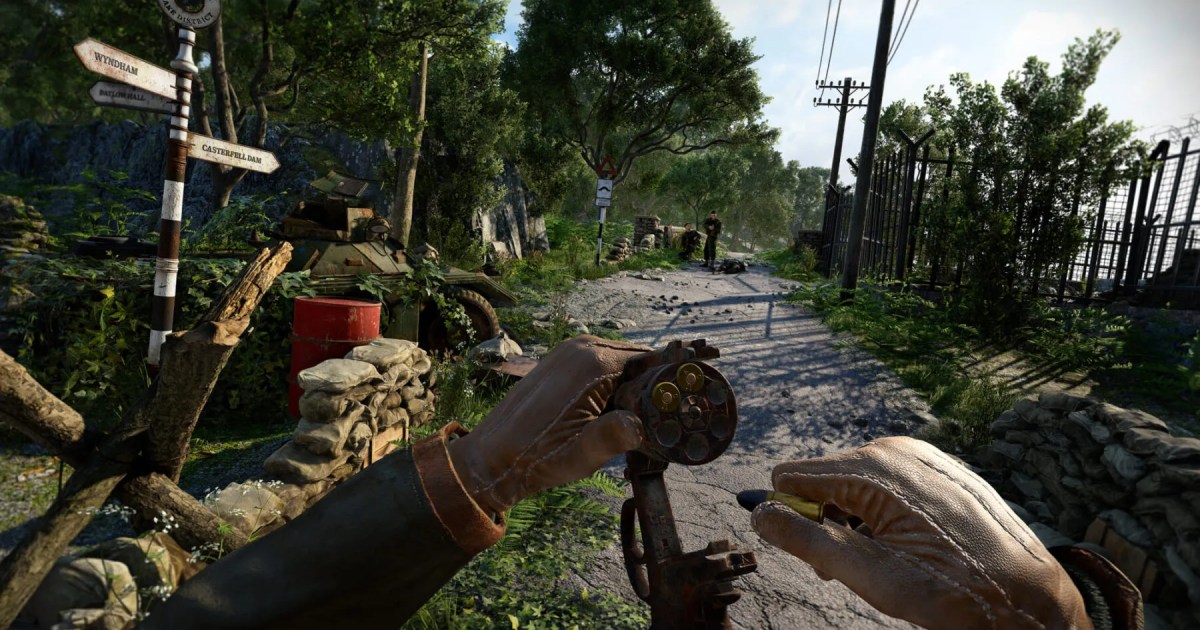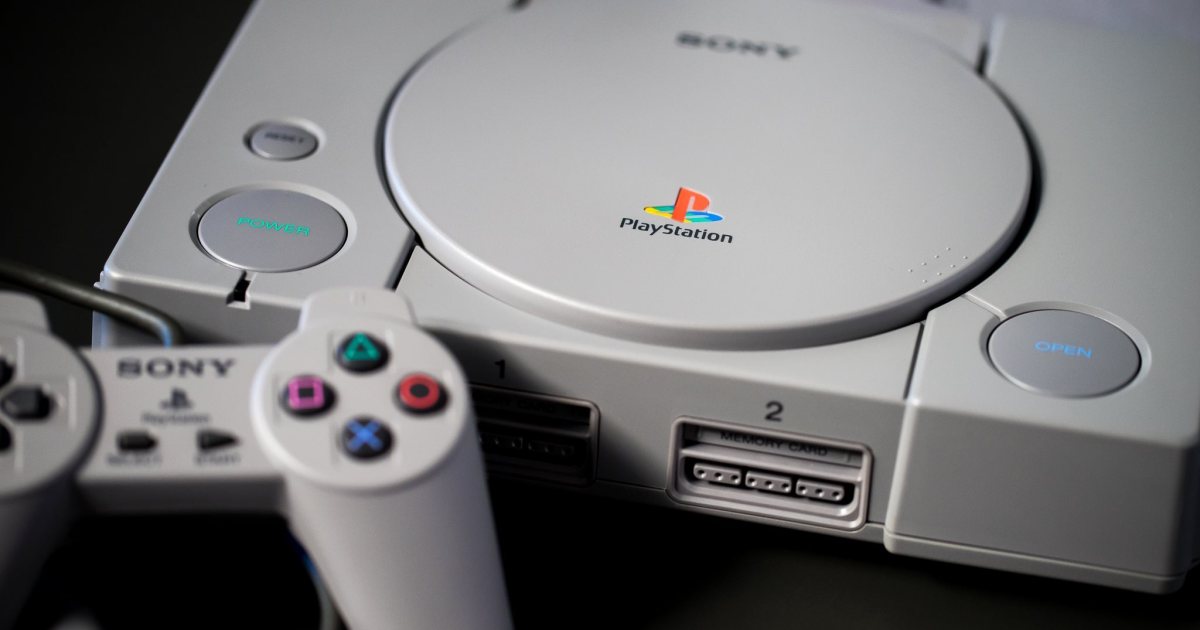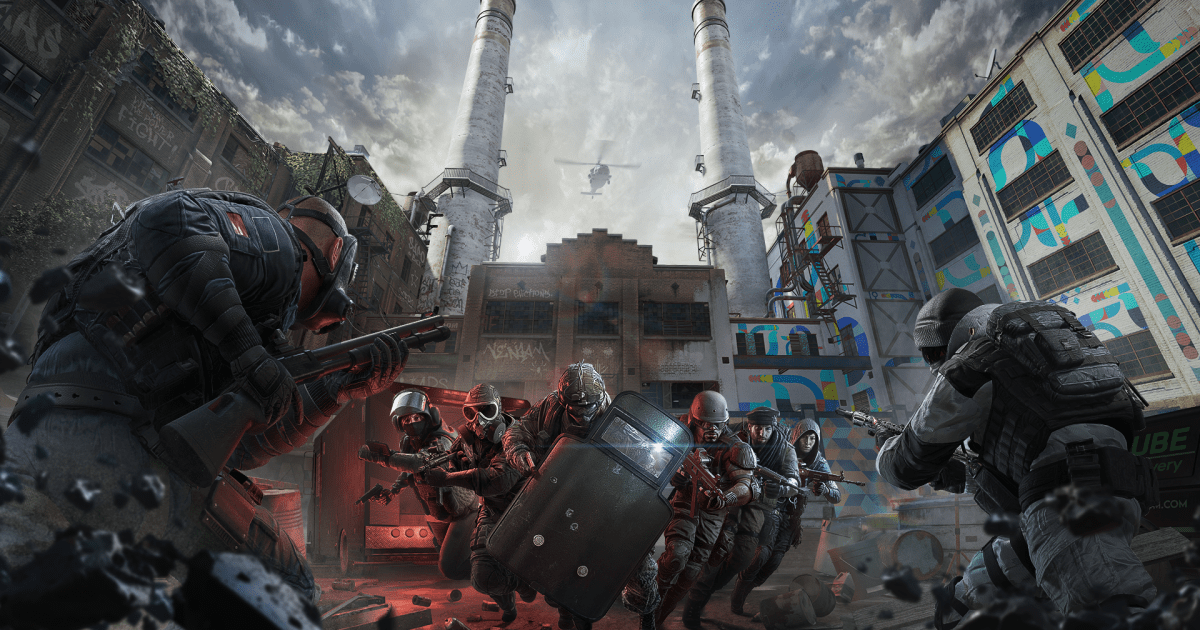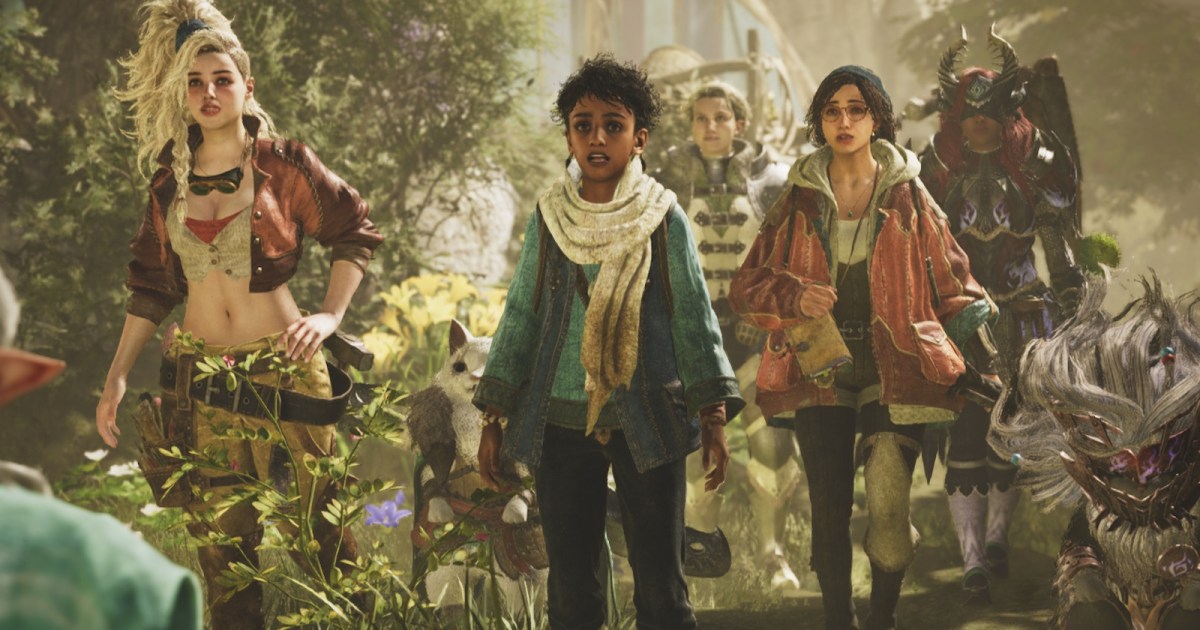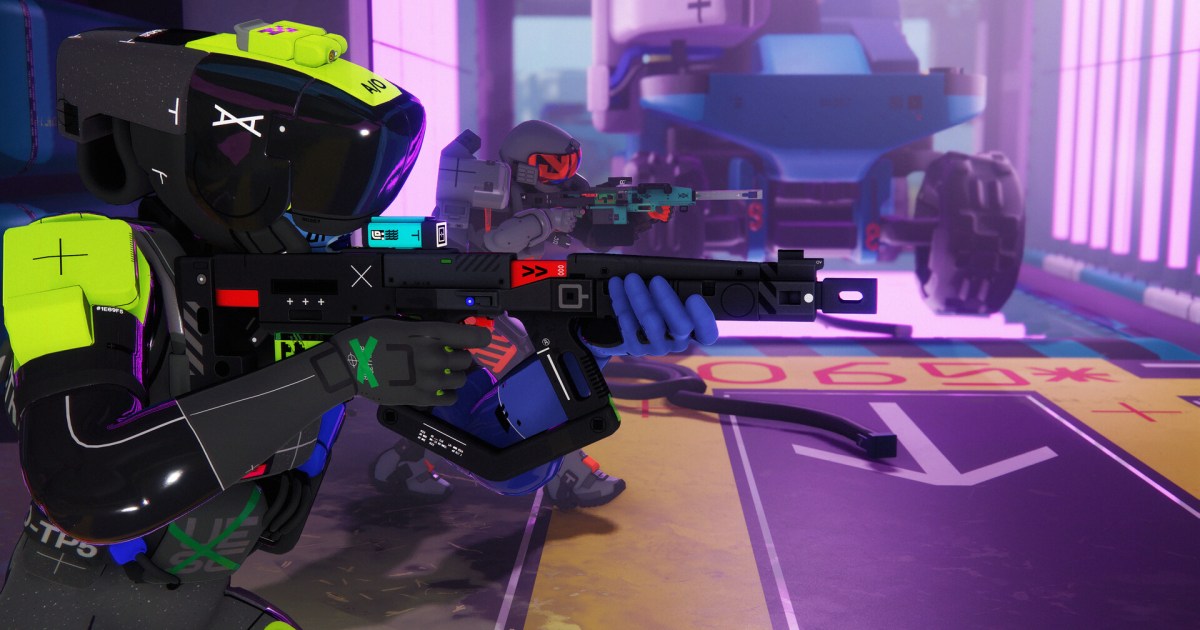Video game sequels often promise improved graphics, refined gameplay, and expanded storylines. Ideally, developers learn from past installments, polishing their craft to deliver even better experiences. Many top titles on PS5, Xbox Series X, and Nintendo Switch are successful entries in long-running franchises. However, history is littered with sequels that failed to live up to the hype, disappointing fans and sometimes even damaging the franchise’s future. Let’s explore some of the worst video game sequels ever released, not to relive the frustration, but to understand what went wrong.

Devil May Cry 2: A Stylish Failure
The original Devil May Cry had a surprisingly successful development, evolving from a planned Resident Evil 4 into a unique and stylish action game. The sequel, however, squandered the potential of its predecessor. Devil May Cry 2 replaced the engaging combo system with simplistic combat. Dante, the charismatic protagonist, became a generic, brooding figure. The strategic depth of the original was lost, replaced by a monotonous strategy of standing still and shooting. The creative flair and focus on stylish combat that defined the original were completely absent.
[Devil May Cry 2 Trailer](insert trailer link here)
Bomberman: Act Zero: A Gritty Misfire
Bomberman: Act Zero attempted a gritty reboot of a lighthearted arcade classic. The colorful and playful world of the original was replaced with a dark, industrial dystopia. The visual overhaul proved confusing and visually unappealing. Beyond its aesthetic failures, Act Zero suffered from poor performance and a convoluted attempt at world-building that clashed with Bomberman’s established identity. This game is widely considered not only one of the worst sequels but one of the worst games ever made.
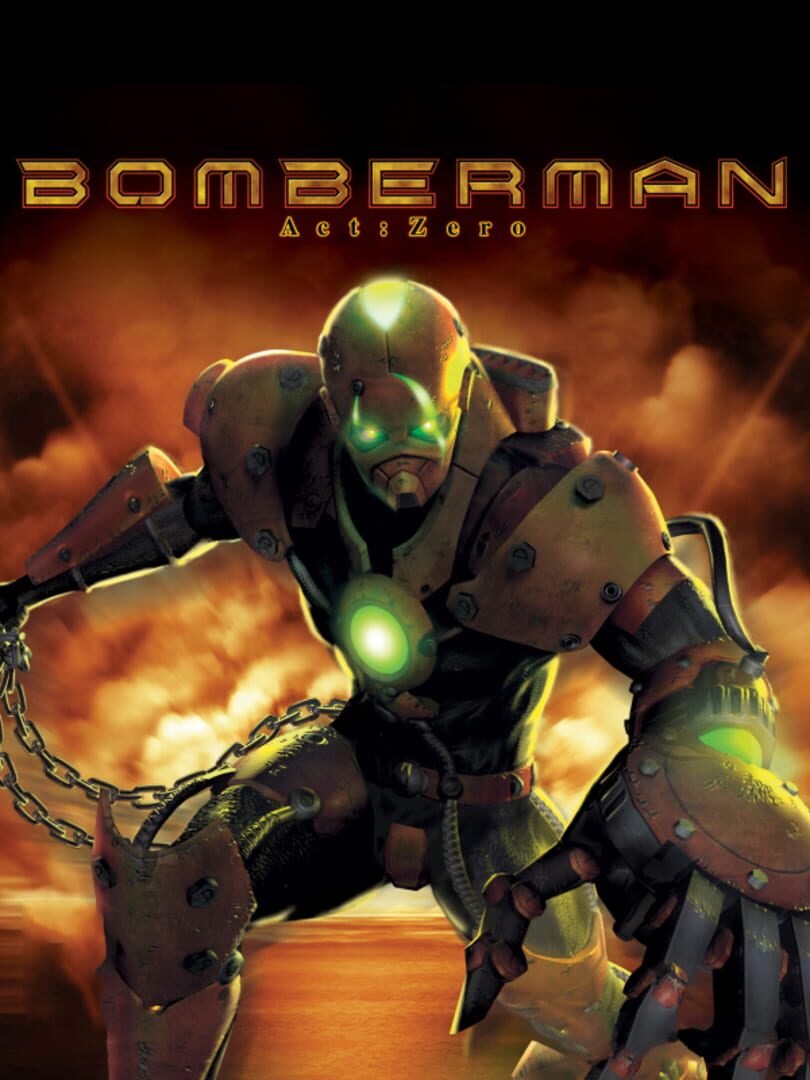
[Bomberman: Act Zero Xbox 360 Video – E3 Trailer](insert trailer link here)
Sonic the Hedgehog (2006): A Buggy Mess
After some initial struggles with 3D Sonic games, Sonic ’06 was expected to finally deliver a polished and enjoyable 3D Sonic experience. Instead, it launched as a rushed, buggy, and ultimately boring game. The game was plagued with glitches, long loading times, and frustrating level design. The character controls felt clunky and unresponsive, further hampered by confusing level layouts and poorly designed physics puzzles. Even ignoring the technical issues, Sonic ’06 fundamentally failed to capture the essence of what makes Sonic games enjoyable.
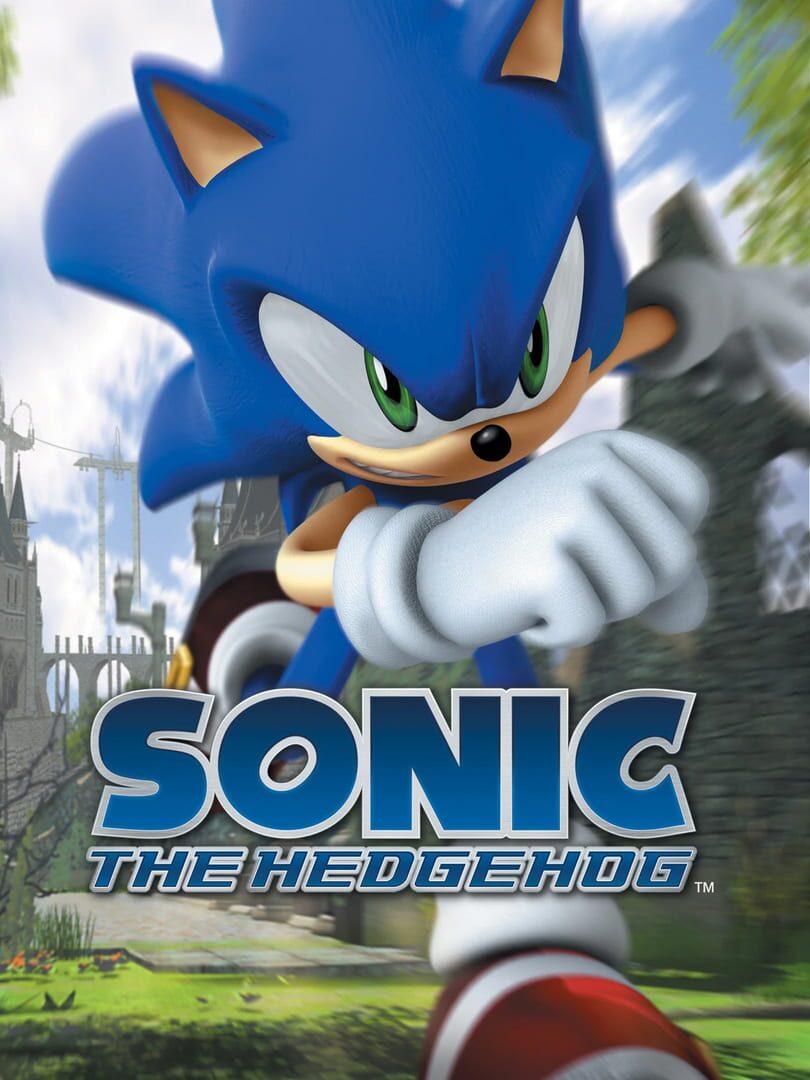
[Sonic The Hedgehog E3 2006 trailer](insert trailer link here)
Tony Hawk’s Pro Skater 5: A Fallen Icon
Following a string of successful Tony Hawk’s Pro Skater titles, Pro Skater 5 promised a return to the classic arcade-style gameplay fans loved. However, the final product was a disaster. A flawed control system, constant frame rate drops, numerous bugs, and uninspired missions ruined the experience. The game managed the seemingly impossible feat of making skateboarding boring.
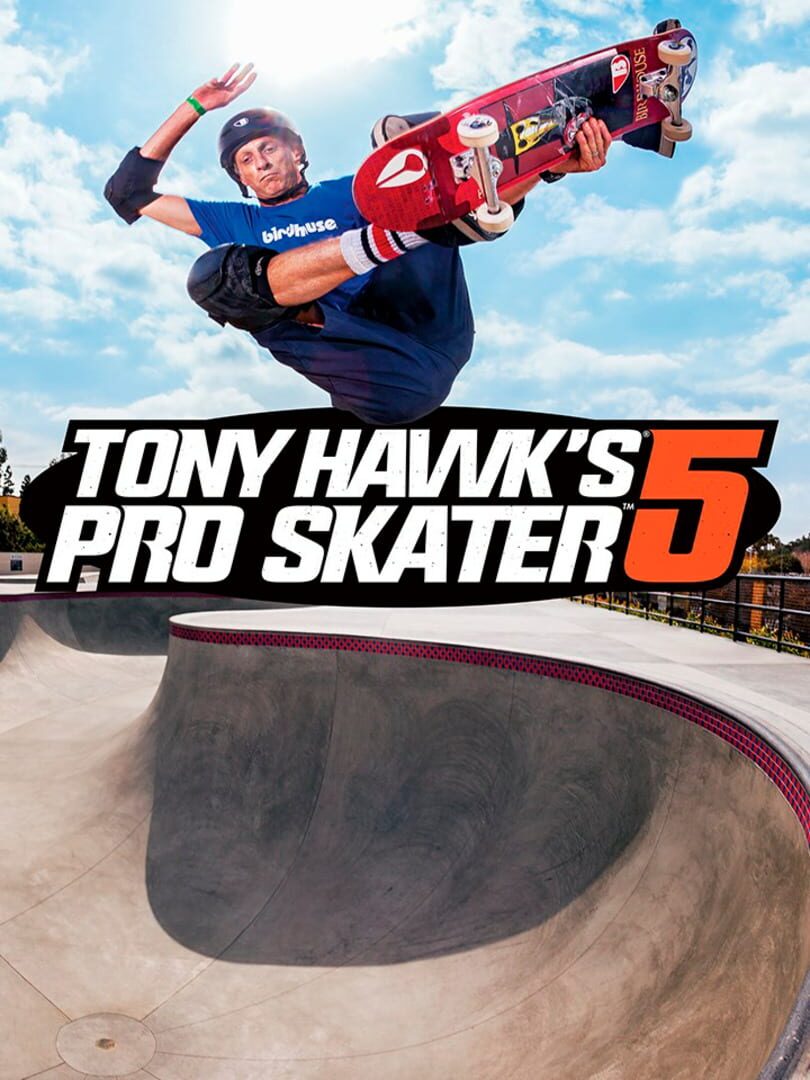
[Tony Hawk Pro Skater – Tony Reveals The First Footage at E3](insert trailer link here)
Star Fox Adventures: An Identity Crisis
Star Fox Adventures is a prime example of a sequel losing sight of its franchise’s core identity. Developed by Rare, the game was originally conceived as a separate project before being rebranded as a Star Fox title. The result was a Zelda-inspired adventure game with clunky combat, a slow pace, and a narrative that felt disconnected from the Star Fox universe. The forced inclusion of Andross as the final boss felt like a desperate attempt to tie the game back to the franchise, but ultimately highlighted its lack of genuine connection.
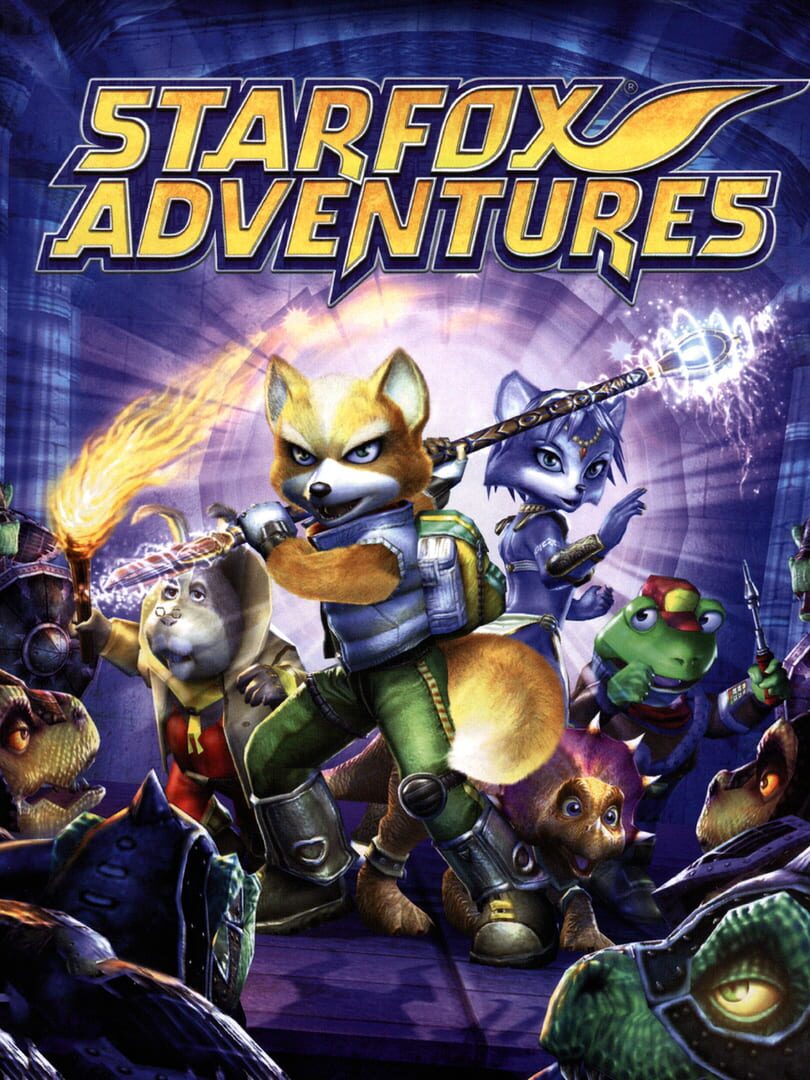
[Star Fox Adventures: Dinosaur Planet – Space World 2001 Trailer](insert trailer link here)
Resident Evil 6: Action Over Horror
The shift towards action in the Resident Evil series reached its peak with Resident Evil 6. The game abandoned the series’ horror roots in favor of bombastic set pieces and over-the-top action. While the multiple character perspectives offered potential for diverse gameplay, the execution was uneven and ultimately unsatisfying. The game lacked tension, atmosphere, and a compelling narrative. Its only redeeming quality was its potential for mindless co-op fun.
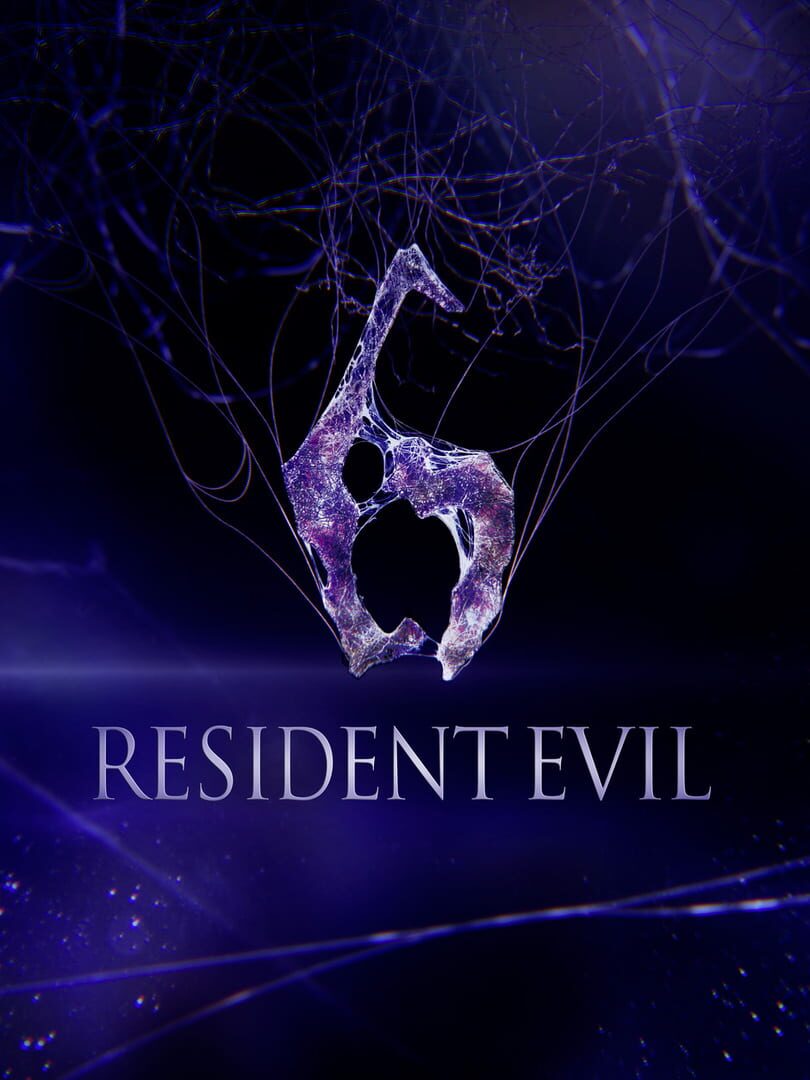
[Resident Evil 6 reveal trailer](insert trailer link here)
Metal Gear Survive: A Post-Kojima Disaster
Metal Gear Survive epitomizes the dangers of continuing a franchise without its creative vision. Developed after Hideo Kojima’s departure from Konami, the game took the Metal Gear formula and transformed it into a generic zombie survival game with base-building and tower defense elements. It lacked the engaging characters, innovative gameplay, and intricate storytelling that defined the series. The inclusion of microtransactions for basic features like save slots further soured the experience.
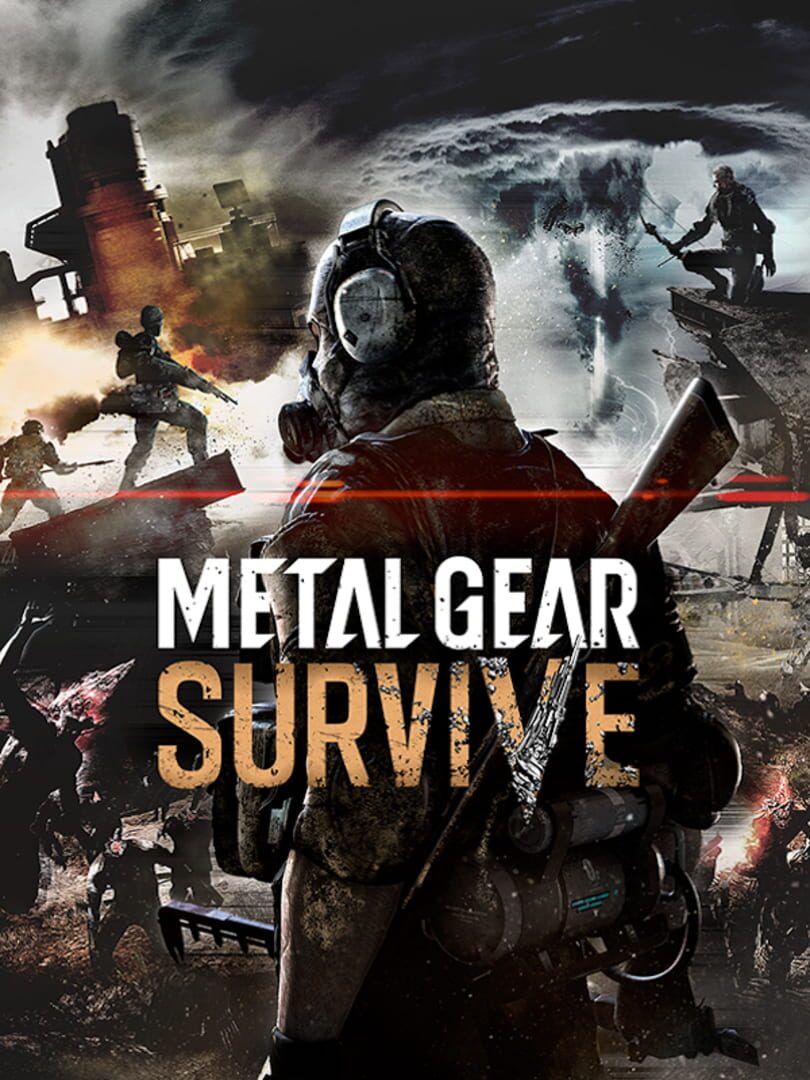
[Official-METAL GEAR SURVIVE Single Player Trailer | KONAMI (ESRB)](insert trailer link here)
These sequels demonstrate the importance of understanding a franchise’s core strengths and respecting the expectations of fans. While some sequels successfully innovate and evolve, these examples highlight the pitfalls of straying too far from the established formula or failing to execute on core gameplay mechanics.



